1111 Budapest, Kende u. 13-17.
Room number
K409-412, K405-406, K413, K305-306, K408
Phone
Fax
Our key concept is Artificial Space Intelligence, where the goal of the Machine Perception research laboratory is the interpretation and organization of information coming from distributed multimodal sensors. Sensors can be dynamic or static imaging devices or other multimedia sources. By spatio-temporal analysis of information we recognize and classify events. These events are e.g. unusual motion patterns, behavior change in time series, voice patterns. We place special emphasis on machine learning, data mining, human perception, multiple view geometry, multimodal sensor fusion, optimization methods and variational analysis in areas such as image and video processing, Remote Sensing, biometrical identification, 3D geometrical optics, Localization and Mapping, connections with sensor networks, Geographical Information Systems, and computer graphics.
We developed novel methods for the interpretation and analysis of 2D and 3D visual information obtained from real-world scenes, building the Artificial Space Intelligence:
- Separating moving objects from the background and shadow detection in 2D and 3D,
- Shape and texture separation with adaptive filtering techniques,
- Object detection and recognition,
- Content based image and video categorization and retrieval,
- Obtaining range information by fusing various sensors and modalities,
- 3D data processing, point cloud processing, 3D object detection,
- Change detection and built in area analysis in aerial and satellite images,
- Motion and gesture based biometrical identification,
- Geographical Information Systems
Products/services
Consulting and development in the following areas:
- 3D/4D reconstruction - i4D dynamic 3D city models, which can be observed from arbitrary viewpoints, modified by user interaction, and they can visualize events observed from the real-world (4D animations)
- Earth observation
- Industrial vision systems and virtual environment modelling,
- security surveillance program packages,
- algorithm library for the analysis of customer behavior and for event detection for indoor environment.
Scientific roadmap
- Pattern and event recognition,
- Remote Sensing,
- geometrical optics,
- 3D scene analysis and LIDAR measurement technology,
- Ontology based classification and indexing of multimedia events,
- Recognition and tracking of biometric features,
- Energy based image and video segmentation,
- Stochastic models and learning methods for event analysis,
- Automatic camera registration, event matching of multiple views, optics-oriented image understanding,
- Self organizing distributed sensor-networks and related calculations, operation optimization,
- Cognitive vision problems in visibility, compression, recognition, visualization of artistic effects,
- Biomedical signal and image analysis,
- Detection and removal of artifacts from still images: shadow regions, reflections, undesired objects,
- Surveillance related modelling and recognition.
Sub-groups of this department
Useful links
Brochure
